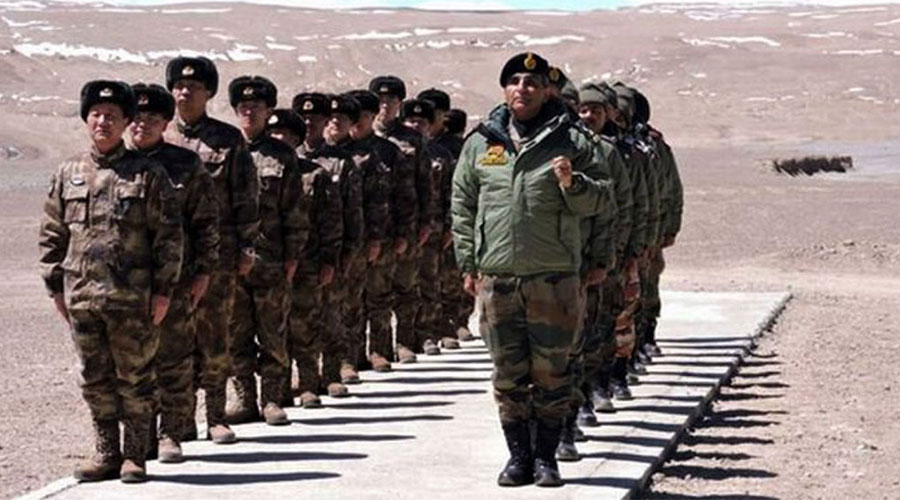The release of the 10 Indian soldiers held captive by Chinese after Galwan valley clash was possible after three hectic rounds of talks between Indian and Chinese delegations, led by major generals, near Patrol Point 14 in Galway Valley between Tuesday and Thursday.
The Indian army first reported that three soldiers were killed and later claimed that 20 soldiers were killed, but now Indian army sources say that more than 40 Indian soldiers were killed on the night of June 15. This along with 10 Indian soldiers including 4 officers were held captive by the Chinese PLA, who were released last night after hectic senior rank military talks between the two sides. Around 80 Indian soldiers received life threatening injuries also revealed according to sources.
Chinese military demanded from Indian forces to stop all kinds of violations and provoking actions and return to discussion to find a solution regarding all the border disagreements. Both the countries are looking forward to sitting down and have talks after engaging with each other in a serious border clash which resulted in over 2 dozen deaths in Indian camp including a top rank officer.
The spokesperson of Chines Western Theatre Command Zhang Shuli gave his statement which was printed by Chinese media and military official newspaper after the reports emerged that the armies of the two most populated countries Chinese and Indian troops confronted each other in the disputed territory of Galwan valley.
The tensions were simmering on the border region for more than a month and but there were no causalities on both sides, but in the latest event which took place near Galwan River, India received a bloody nose and reportedly without any shots fired by either side in the mountainous region of western Himalaya, Ladakh.
Chinese military officials and Indian military officials met for a high-level talk to diffuse the ongoing standoff between two nuclear power countries just 2 days prior to the clash of Galwan sector.
The meeting was held at the Maldo border which is a Chinese side of the Line of Actual Control (LAC).
Image source link





















